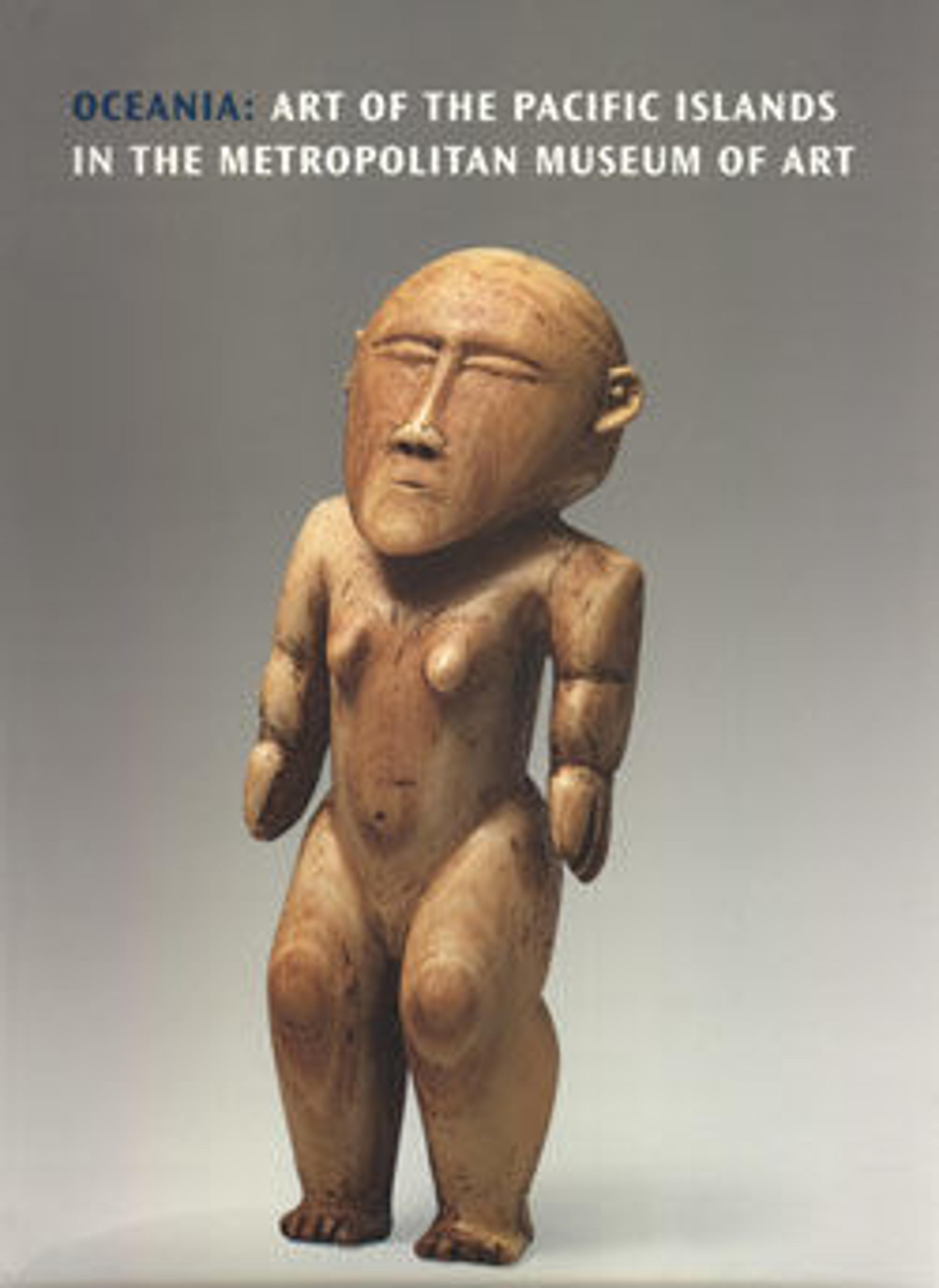Shell Plaque (Barava)
Objects fashioned from the hard marble-like shell of the giant clam are prized by many Melanesian peoples. The art of working giant-clam shell reached its apogee in the Solomon Islands. The most complex clam shell objects were barava, ornate openwork plaques created in the western Solomon Islands. The designs on some barava are geometric, but many include stylized human figures interspersed with forms that resemble faces, shown with spiral eyes and grinning mouths filled with minute teeth. Barava appear to have been associated with burial places and were reportedly used to adorn structures housing the skulls of prominent men or slain enemies or placed on graves. In the past, some barava formed part of vovoso, powerful charms carried in war canoes during headhunting expeditions to protect the crew and ensure success.
Artwork Details
- Title:Shell Plaque (Barava)
- Date:19th–early 20th century
- Geography:Solomon Islands
- Culture:Solomon Islands
- Medium:Tridacna shell
- Dimensions:H. 7 in. × W. 3 in. × D. 3/4 in. (17.8 × 7.6 × 1.9 cm)
- Classification:Shell-Ornaments
- Credit Line:The Michael C. Rockefeller Memorial Collection, Bequest of Nelson A. Rockefeller, 1979
- Object Number:1979.206.1424
- Curatorial Department: The Michael C. Rockefeller Wing
More Artwork
Research Resources
The Met provides unparalleled resources for research and welcomes an international community of students and scholars. The Met's Open Access API is where creators and researchers can connect to the The Met collection. Open Access data and public domain images are available for unrestricted commercial and noncommercial use without permission or fee.
To request images under copyright and other restrictions, please use this Image Request form.
Feedback
We continue to research and examine historical and cultural context for objects in The Met collection. If you have comments or questions about this object record, please contact us using the form below. The Museum looks forward to receiving your comments.
